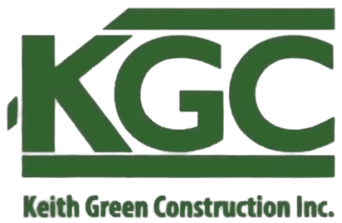-
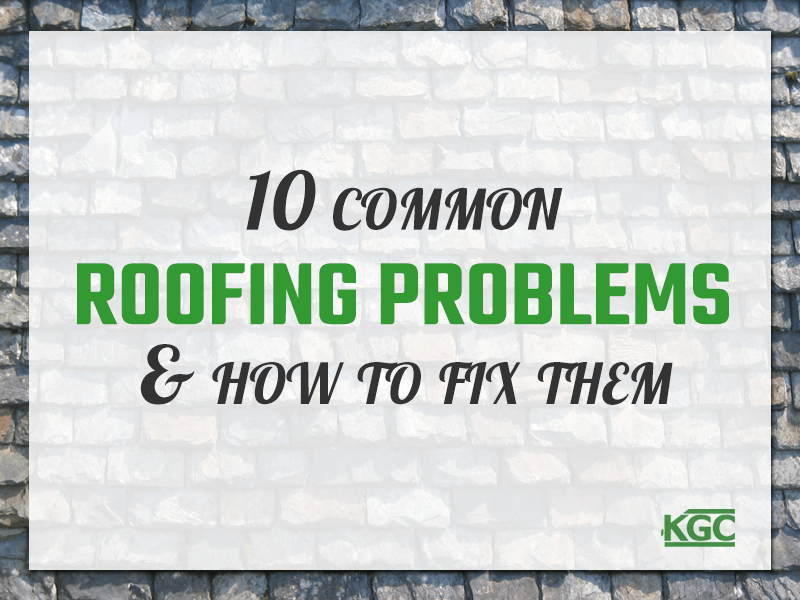
·
Top 10 Roofing Problems, and How to Solve Them
In this series on roofing problems, we’ll present the ten most common roofing problems we see time and time again, and how you can solve them.
-

·
Your Roof and Energy Savings – What’s the Link?
A poorly insulated roof can leave you cranking up the A/C in the summer & leaking heat in the winter. Find out how insulation & roofing materials can help.
-

·
Know your Roofing Lingo – Commonly Used Terms You Ought to Know
Roofing lingo can sometimes feel like a foreign language – but don’t let that put you off getting work done on your roof. Get to know these commonly used terms like the pros.
-
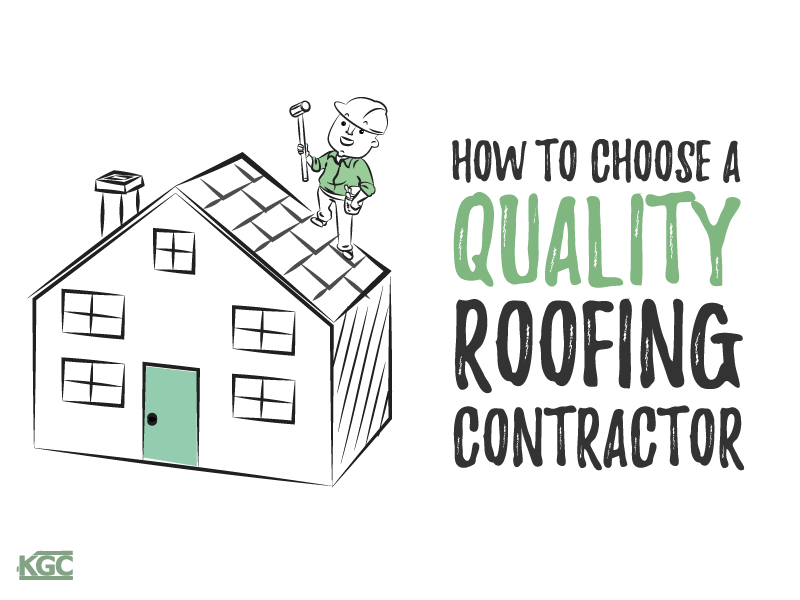
·
How to Choose a Quality Roofing Contractor (whiteboard video)
In this whiteboard video, discover eight simple tips for choosing a quality roofing contractor to repair or replace your roof.
-

·
Choosing a Roof Color
Once you’ve decided to invest in a new roof, the next decision you’ll need to make will be which color to choose. Read about the top three criteria to consider when choosing the color of your new roof.
-
·
Getting Out of Hot Water: Finding and Fixing Leaks in your Roof
You may have heard the famous Benjamin Franklin quote, “A small leak will sink a great ship”, and it’s the same for your house. Leaking roofs can cause havoc in your home and destroy your furniture. If you’re lucky, you’ll have spotted damaged or missing shingles or tiles, or noticed water marks on the ceiling…
-
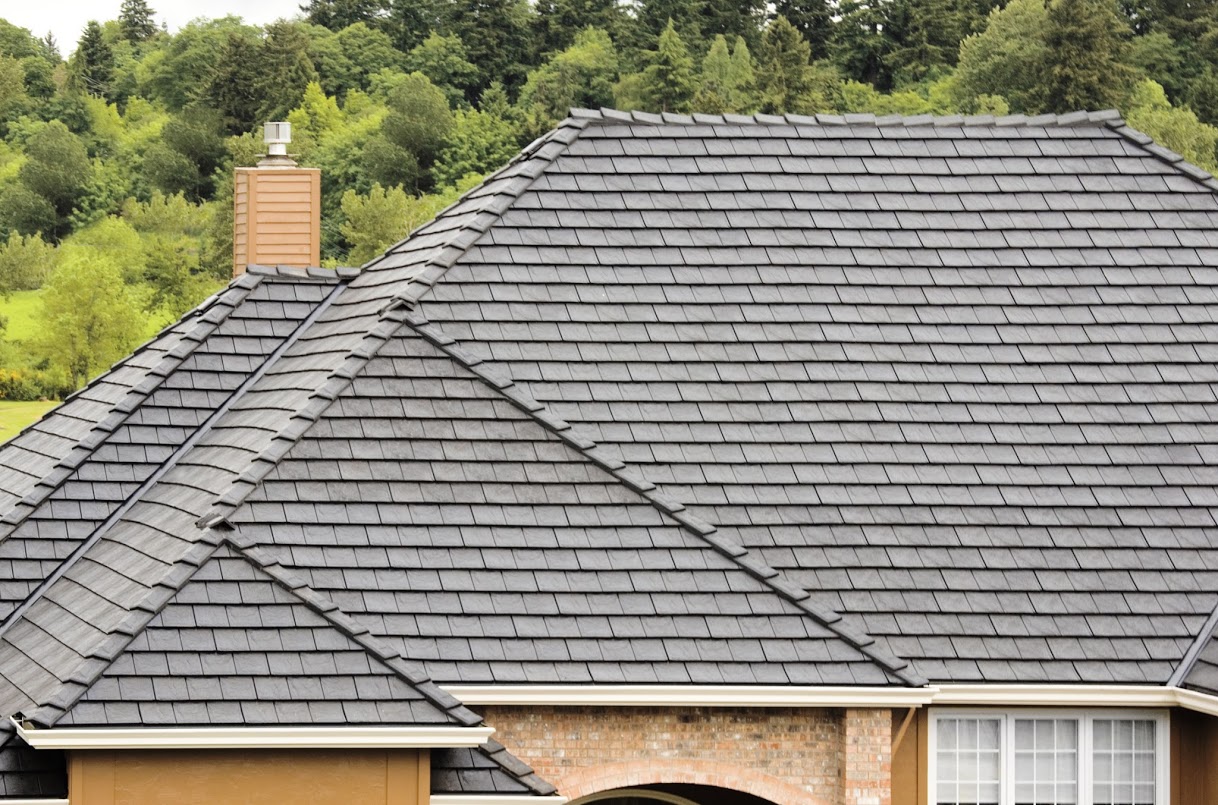
·
When is it time to replace or repair your roof? What every homeowner needs to know
When is it time to replace or repair your roof? Find out what every homeowner needs to know in order to minimize their home improvement costs.
-
·
9 Famous Roofs from Around the World
Browse nine famous examples of spectacular roofs from around the world.
-
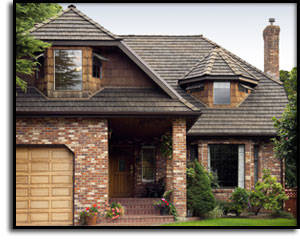
·
7 Ways to Add Value to Your Home in Portland, Oregon
If you are like most people, your home is one of your biggest assets. Make sure your home improvements are reflected in the value of your home when it is time to sell.
